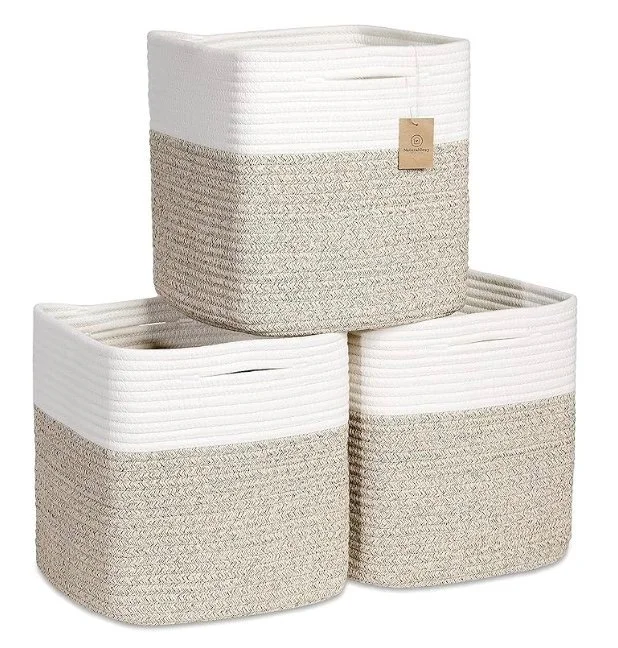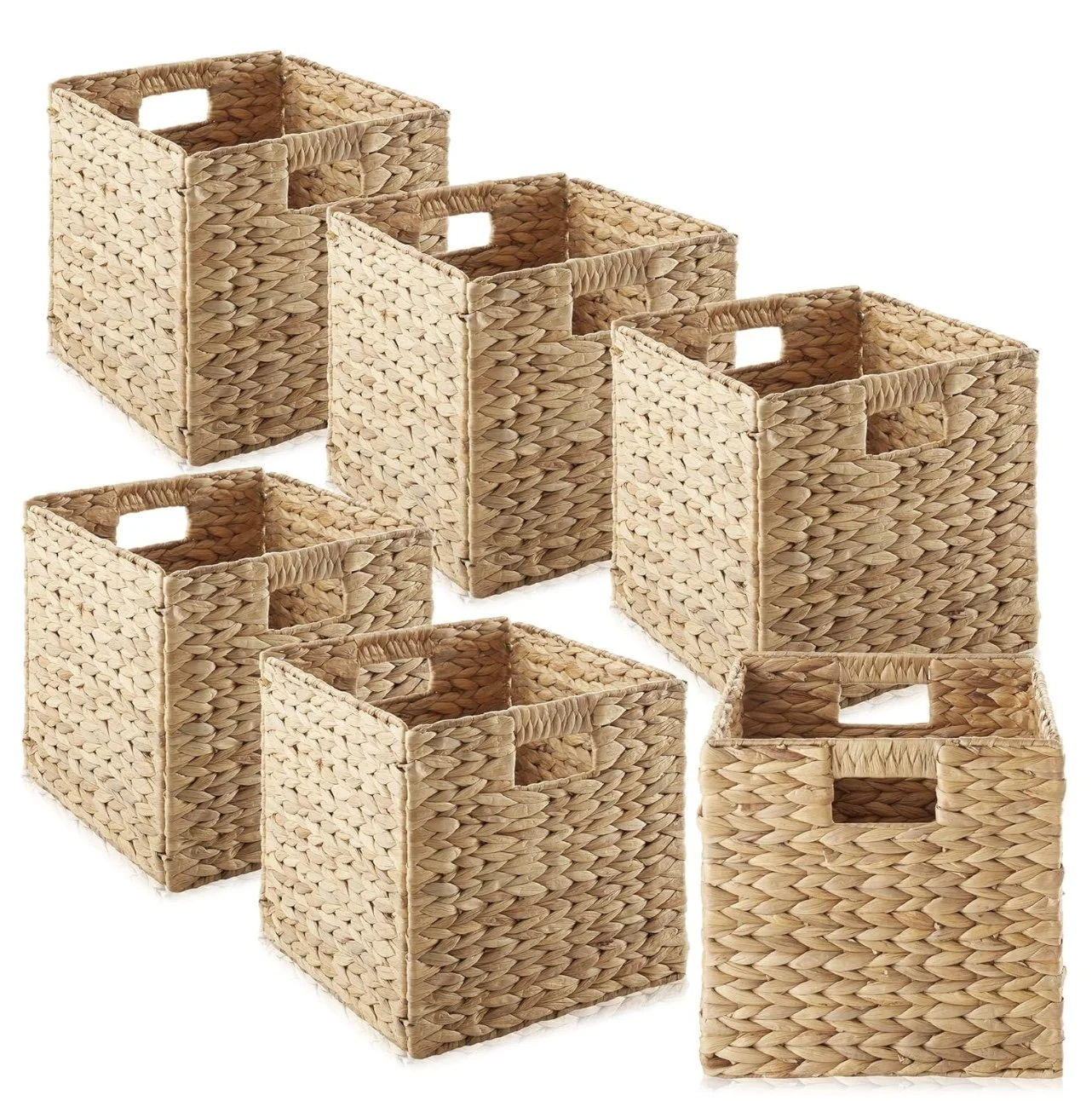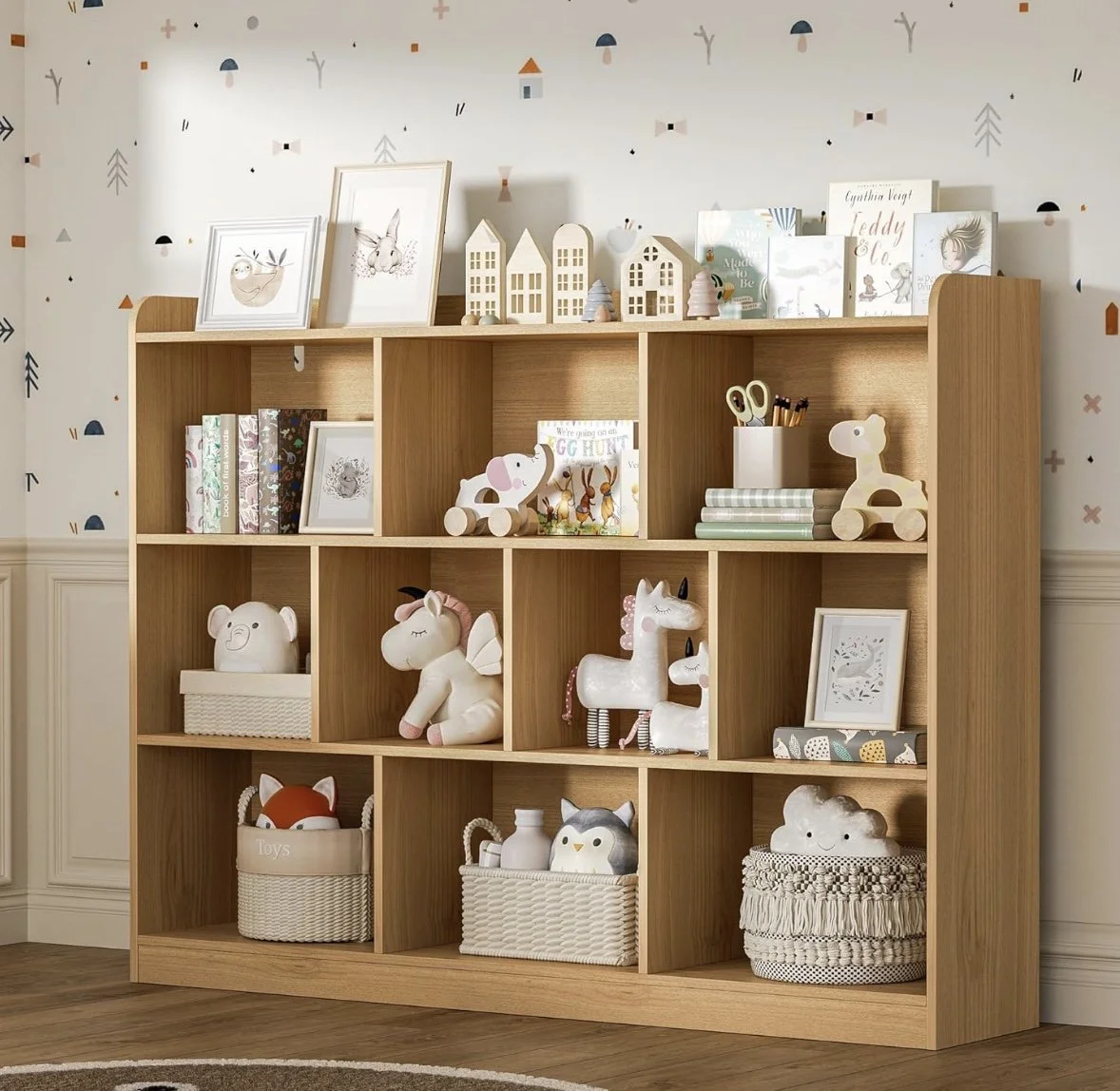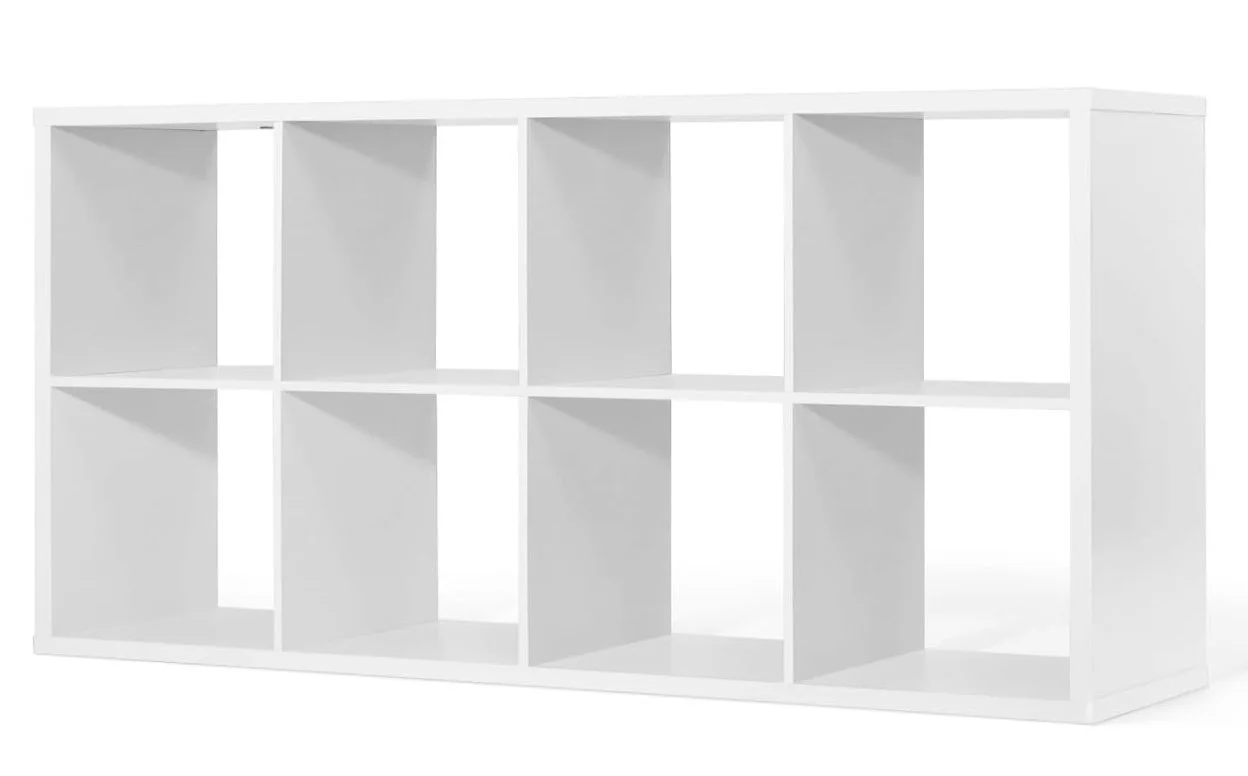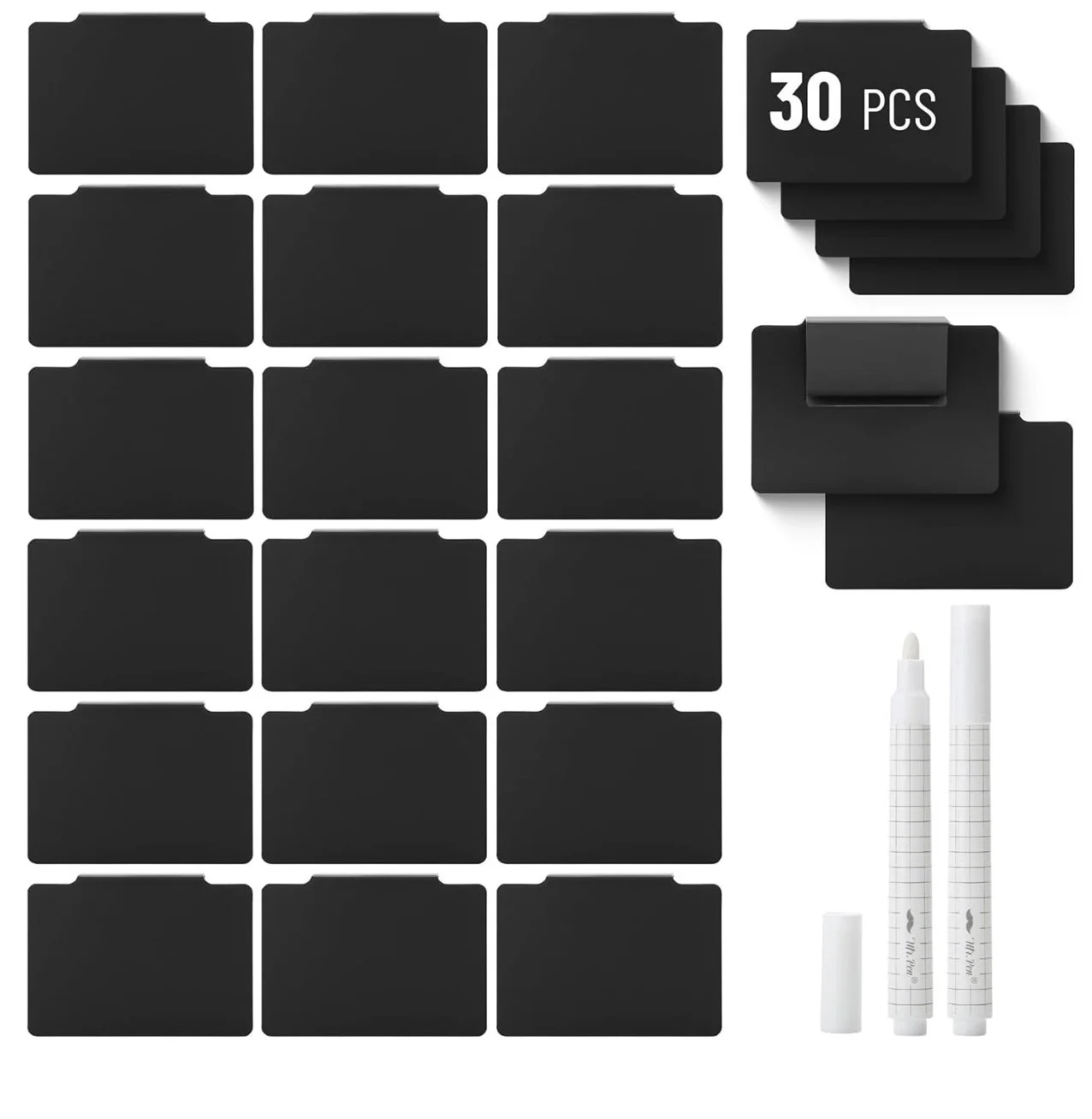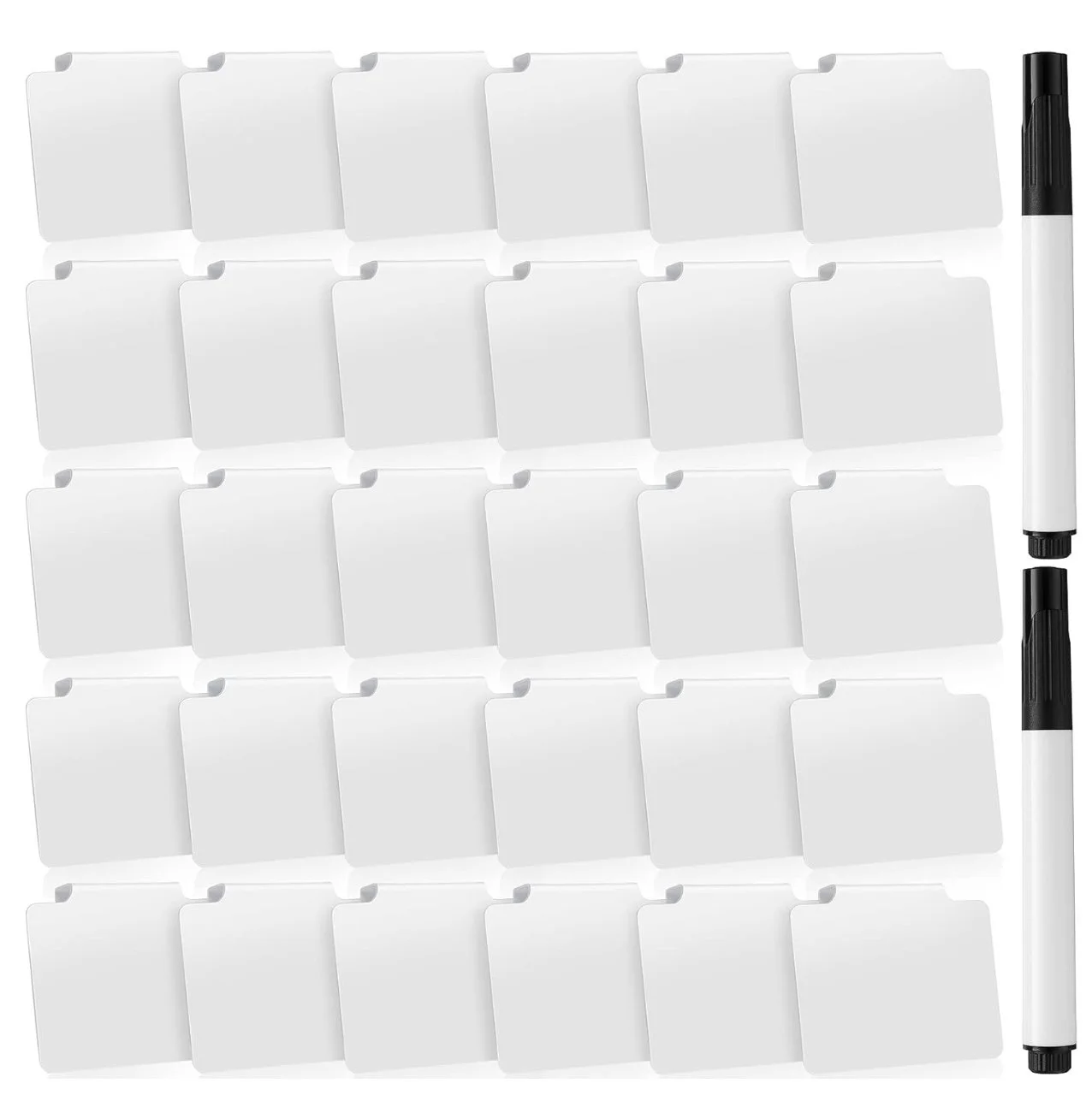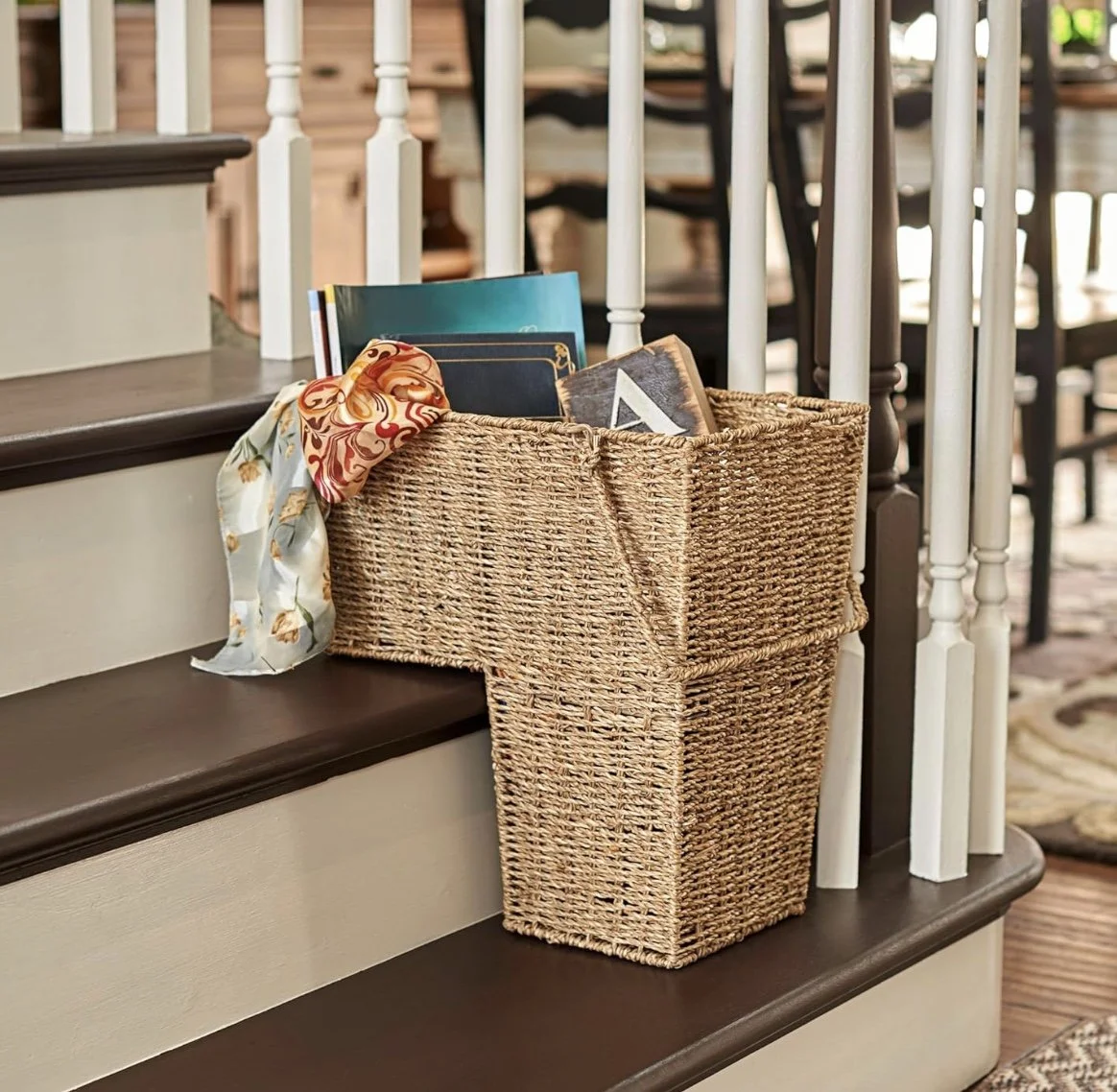Decluttering Before the Holidays: Kids Series
It is officially that time of the year!
Let’s be real, the idea of getting all the Christmas decor out of the attic can feel really overwhelming. I absolutely love all of the Christmas decor, but sometimes it can make a small space feel very cluttered, even with the most minimal decor. The holiday season often brings with it new toys, books, games, and lots of other things to add to already full spaces.
Let’s work through some practical steps to prepare for those magical Christmas decorations and the influx of gifts that may also come with the Christmas season. We are going to approach this in two parts: Decluttering + Setting Up Systems.
Part One: Decluttering—
Plan + Prioritize:
Some kids may do better if you include them in the decluttering process, while others may need to go on an ice-cream run while you make the final decision! I always like to encourage parents to at least try to include their kids, it is such a great opportunity to allow them to practice mindfulness and feel like they have a part in it.
I always like to start the conversation with explaining to them that part of the reason we are doing this is to get rid of the things that no longer serve a purpose for us or bring joy, so that we can make room for the things that excite us! I would recommend making a list of the trouble areas in your home that may be stressing you out the most and hit one area at a time.
Assess What You Already Have: Now that you have a list of which areas to tackle, it’s time to take stock of the current toys and belongings. Decide which items your children may have outgrown or lost interest in, and consider which ones are still loved and frequently used.
If your kids are helping you declutter, it can be helpful if you can have a number in mind of how many things you would like for them to donate. For example, if you are looking at a stuffed animal bin that is overflowing, you can explain to them that they get to choose which animals they keep, but they must pick at least 5 animals that they would be ok to donate. This gives them some autonomy, while setting them up for success to empty that bin a little.
Designate Zones: This part can get a little messy at first. I always recommend taking everything out so you can really see what you have. As you start taking things out, go ahead and sort belongings into zones. Some examples of kid’s zones may be reading, dress up, barbies, cars, books, art, pretend play, and the list goes on! I would keep categories general when sorting, because we want to create systems that are sustainable.
Create a Donation Box: As you are decluttering, it can be super helpful to set up a donation box. This is a great opportunity to teach our kids about the importance of giving to those in need, especially during the holiday season.
Part Two: Setting Up Systems—
Lots & Lots of Baskets: I am telling you all, this is the secret to success. When my kids and I are cleaning up, we are simply throwing things into a basket. The basket keeps everything looking tidy from the outside and makes it super easy to put things back. Depending on the age of your kids, they may be capable of more tedious organization, but I have found that the simpler, the better. Allowing them a system that they can clean on their own helps foster independence, and let’s be real, takes something off mom and dad’s plate!
One of my most favorite systems is to use a stair step basket! As I am cleaning up or my kids find things that need to go upstairs, we can toss the items into the stair basket. When it fills up, they know it is time to carry it upstairs and put everything away. This keeps them from feeling like they have to carry everything up each time and it keeps me from breaking my neck, ha!
Labeling: Even if your kids cannot read yet, you can still label items with a picture! This will help them know where to find things, but more importantly where to put things back. It is always so much easier to put something back, than to have to find it later!
Toy Rotation: Some parents like to regularly rotate toys and books to keep the space fresh and engaging. Research shows, the less toys the better. It causes them to engage in their creative skills and work with what they have.
Regular Decluttering: Setting up a designated time once a month, where you can go in with or without the kids, and do a quick tidy will help prevent clutter from accumulating. In the long run spending thirty minutes to an hour once a month, can make the task less overwhelming.
I hope this read has left you with some realistic ways to tackle those hard to keep kids spaces! If you are still feeling overwhelmed by the clutter, our team would love to help. Wishing you lots of joy and fun memories with your family, as you all begin to prep for the holiday season!
Next week on the blog, we will be talking about what to do with all that beloved artwork they bring home from school!
Links Below ✨
This post may contain affiliate links, meaning I get a commission if you decide to make a purchase through my links, at no cost to you.



